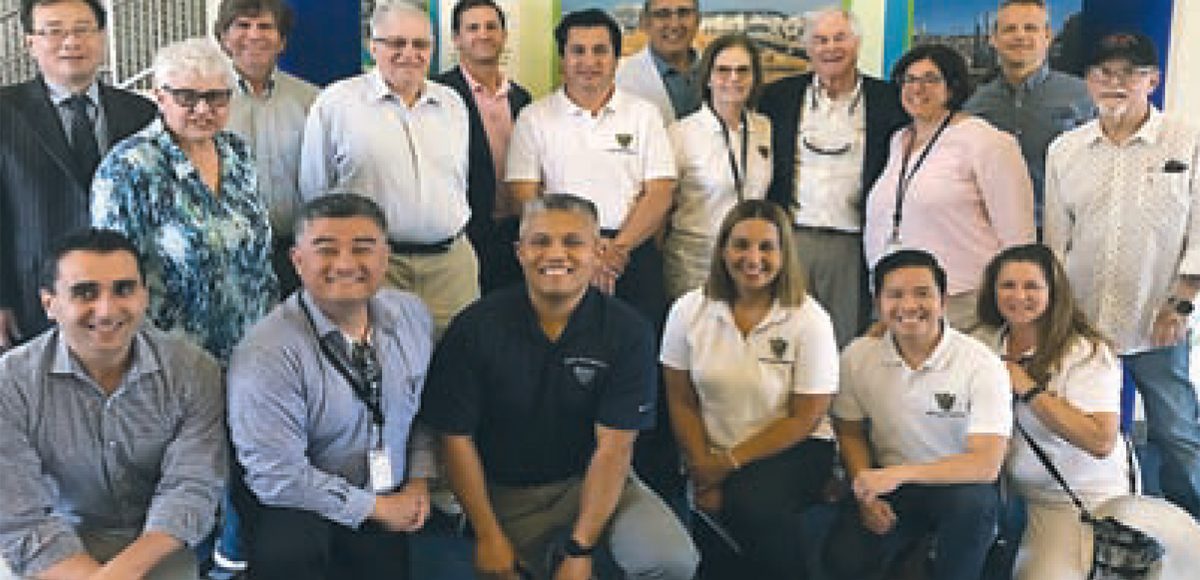The World Health Organization estimates that by the year 2025, half of the world’s population will be living in water-stressed areas. And in fact, when Beverly Hills helped co-found the Metropolitan Water District (MWD) almost a century ago – from which the city now derives 100 percent of its water – far fewer communities needed to tap into the Colorado River to ensure access to water.
While experts do not necessarily agree on the course of action municipalities should take to ensure their long-term viability in the face of predicted water shortages, Beverly Hills is on track to diversify its water portfolio by looking more to its own resources. The city is now planning to once again capture and treat portions of its own water supply with the expectation that roughly 20 percent of its water will derive from the city’s water wells beginning in 2021 with the reopening of the Foothill Water Treatment Plant.
By comparison, Santa Monica has declared it will be 100 percent water self-sufficient by 2023. Los Angeles claims that the county’s main treatment facility will be able to fully recycle 100 percent of the water it treats by 2035, including making some of it potable.
“More likely than not, the future is going to be drier than the past has been,” predicted City Councilman Bob Wunderlich, who served on the MWD Board representing Beverly Hills for a decade before he joined the council. “I don’t think we’re going to regret efforts that we make to improve our supply. Regionally increasing water that we get from our groundwater is the responsible thing to do.”
According to Director of Public Works Shana Epstein, Beverly Hills will begin deriving between 15 to 20 percent of its water in-house with the reopening of the Foothill Water Treatment Plant. Once the city builds a few more water wells in the ensuing years, she said that amount would rise to around 30 percent.
“We don’t have unlimited water and we have to learn how to use it in the most efficient and effective way possible so that we all are more able to be in a sustainable situation,” Public Works Commission Chair Sandra Aronberg tells the Courier.
The city’s treatment plant, which opened in 2003 on Foothill Road between Alden Drive and Third Street and handled approximately 10 percent of the city’s water until it was closed for repairs in 2015, sends the treated water to Sunset Reservoir where it is subsequently distributed. Before the Beverly Hills treatment plant was built, the city last supplemented its water supply by treating its groundwater in 1976.
Not everyone agrees with the city’s plan for best capturing and treating its water. Former Public Works Commissioner Steven Weinglass told the Courier that while he supported a more diverse water portfolio, he was concerned about the city choosing to operate the plant and recommended that Beverly Hills outsource its maintenence operations.
“The question still lingers, should we be in the water business?” Weinglass queried. “The plant has hardly worked two out of the past 10 years and trying to operate the plant internally has proved to be a non-profitable arrangement.” Recently the Public Works Commission took a field trip to the Hyperion Water Treatment Plant in lieu of its normally held venue at City Hall. One of the largest wastewater treatment plants in the world, Hyperion now receives on average 260 million gallons of water a day, including the 9 million gallons it receives daily from Beverly Hills. Currently, 71 million gallons of the water Hyperion receives are recycled and used for agriculture. The remainder of the treated water is then dumped miles out into the ocean. Earlier this year, L.A. Mayor Eric Garcetti announced an ambitious $2 billion plan to allow the plant to fully recycle all of the water it receives by 2035.
At Foothill, the captured groundwater is treated in a two-step process by which it is first disinfected and then filtered. By comparison, the wastewater being treated at Hyperion, which has at times contained everything from automotive parts to body parts, is extensively treated to remove disease-carrying pathogens through a biological process before it is deposited in the Pacific Ocean or used for irrigation purposes.
“The technology is very impressive,” Aronberg observed during the tour, underscoring “the eye-opening sophistication about what has to be done in order for it to be usable.”
Currently, the design of the Foothill Water Treatment Plant pre-treatment system is underway, with city staff searching for sites to develop more water wells.
“It’s like an insurance policy,” Wunderlich says of Beverly Hills’ plan to diversify its water portfolio.
City Council has twice postponed a presentation giving an update on the Foothill Water Treatment Plant.







